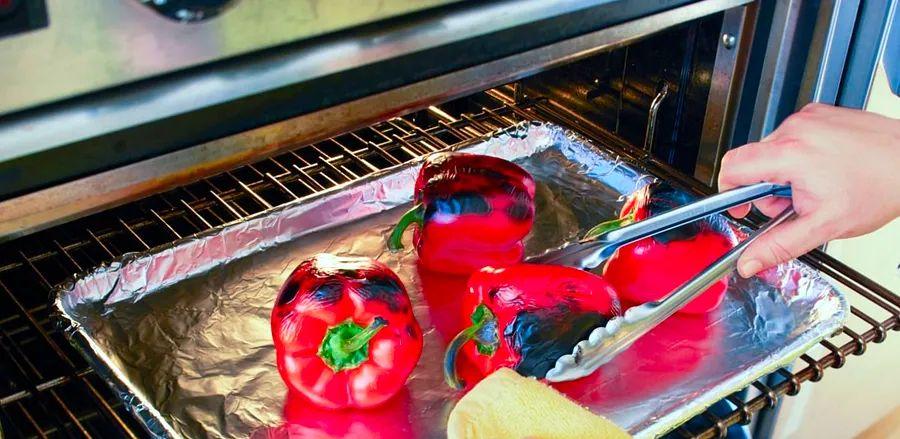Why Your Oven Might Not Be Giving You the Whole Truth

New cooks often feel anxious in the kitchen, and that's perfectly understandable. If you're not confident, the kitchen can be a bit overwhelming. Recipes seem like a foolproof solution—just follow the instructions exactly, and you’re guaranteed success, right? Well, not always... There are times when you pull out your cake only to find the crust is perfectly brown, but the center is still uncooked. It's frustrating, and you start questioning your cooking skills.
But don’t be too hard on yourself. The problem might not lie with you at all. It could be the very appliance you rely on to make it all work: your oven. Ovens can be tricky—what they say isn’t always what they mean. Using your oven involves more than just placing a dish inside, closing the door, and waiting. There’s a bit of nuance involved. Keep these tips in mind as you navigate the world of baking.
Your Oven’s Temperature Can Fluctuate
Preheating your oven is easy enough. You probably set it to 350°F (175°C), hear the familiar beep, and think you're good to go. But here’s the catch: your oven doesn’t stay at that precise temperature the entire time you’re baking. In a gas oven, for example, it heats up and blows warm air until it hits the target temperature, then shuts off. Once the heat dips below a certain level, the oven kicks back on again. This cycle repeats, meaning the oven's actual temperature can vary, so that steady 350°F isn’t always the same throughout your baking time.
You can use an oven thermometer to check your oven’s accuracy (or try another DIY method). Set the temperature to 350°F and wait for about 15 minutes. If the temperature fluctuates by more than 25°F, it might be time to have your oven's thermostat recalibrated.
Be Mindful of Blocking the Vents
It’s Thanksgiving, and you’re juggling multiple tasks. You decide to place all your baking items in the oven at once to save time. This could backfire. According to Bosch Appliances, overloading your oven can block the vents, preventing the heat from circulating evenly. Always follow the recipe’s instructions on pan placement to ensure optimal results.
Avoid Using Aluminum Foil
Resist the urge to line your oven shelves with aluminum foil. Doing so can interfere with the temperature inside. The slotted shelves are designed to allow airflow, and adding foil can obstruct this, affecting heat distribution. While foil might help with spills, it won’t assist with proper circulation.
Inspect the Ignition System
If your oven is struggling to reach the set temperature or takes too long to warm up, the igniter may be failing and in need of replacement. In this case, it’s best to call a professional repair service to replace the igniter. Also, consider this: if the replacement cost seems high, it might be more economical to replace the entire oven instead.

1

2

3

4

5
Evaluation :
5/5